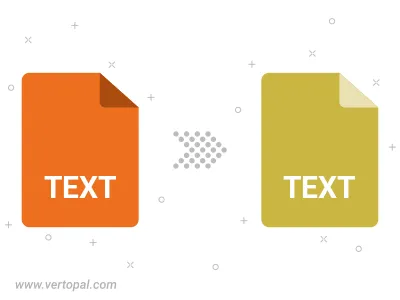Convert TEXT to TEXT MARKDOWNSTRICT
Convert TEXT documents to TEXT MARKDOWNSTRICT format, edit and optimize documents online and free.

The TEXT file extension, is a format used for representing text data without any formatting or binary elements. Originating from the early days of computing, plain text files are utilized for scripting, configuration files, log files, and source code documentation due to their universal readability and ease of creation. They are compatible across different operating systems and software applications, making them essential for data interoperability and communication in various IT and development environments.
The TEXT file extension, associated with Unextended Markdown Documentation, is used for plain text files that contain Markdown-formatted text. Markdown is a lightweight markup language designed to be easily readable and writable, enabling users to format text using simple syntax. These files are widely used for documentation, notes, and content creation due to their simplicity and portability across different platforms and applications.
Select a TEXT file from your computer to initiate the upload.
Select tools to convert your TEXT document into a TEXT MARKDOWNSTRICT markup document, then click Convert.
Once the TEXT MARKDOWNSTRICT process is finished, the file will be ready for download.

Once installed, Vertopal CLI supports conversion of TEXT document into TEXT MARKDOWNSTRICT markup document.